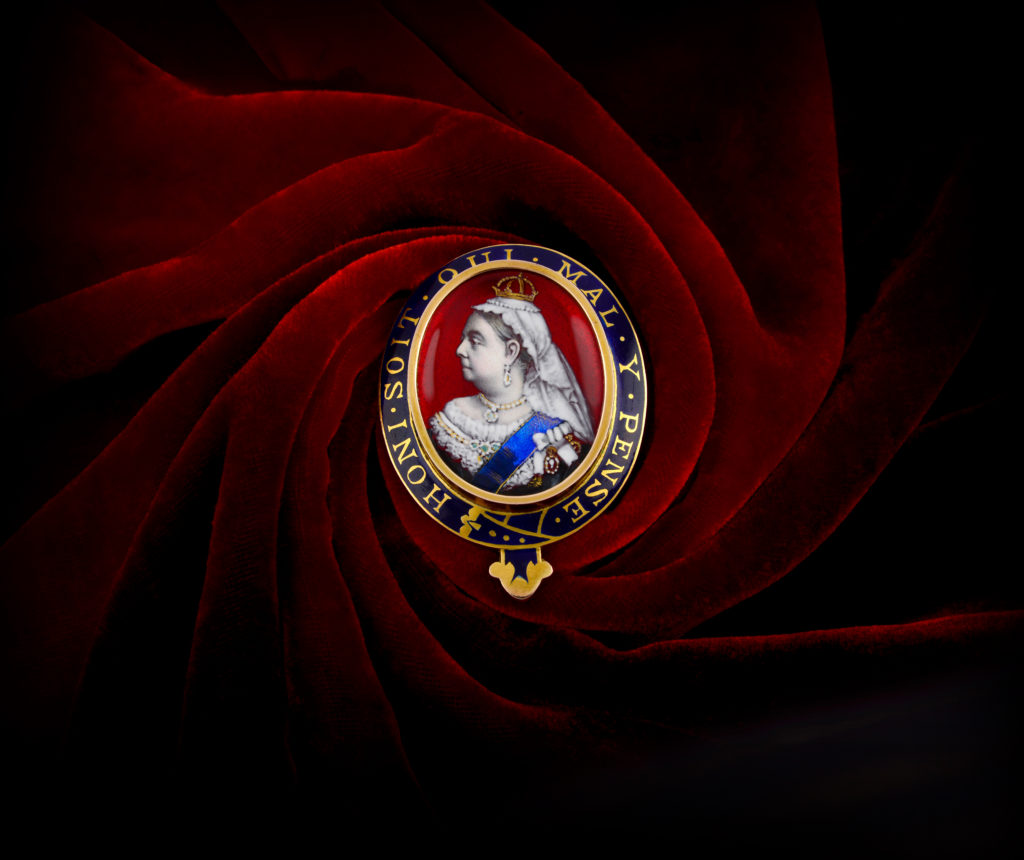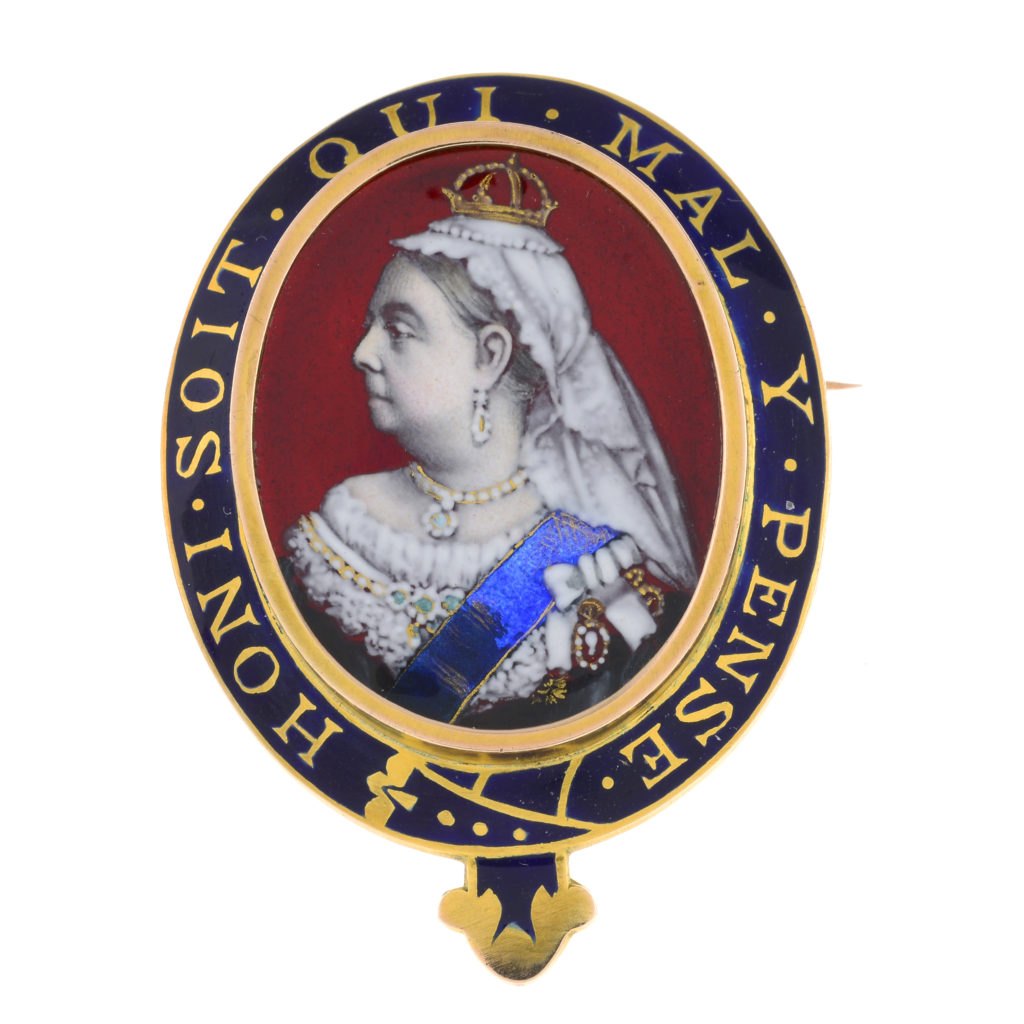Count Stanislaw Julian Ostrorog aka Walery was born into Polish nobility and his early life was deeply shaped by political upheaval. His family is believed to have fled to France after the 1830–1831 uprising against the Russian Empire, during the period known as the Great Emigration. These experiences, combined with a pivotal encounter with the renowned physicist François Arago at the age of nine, likely sparked his early interest in optics and laid the groundwork for his later career in photography.

However, photography wasn’t Ostrorog’s first pursuit. His initial career was in the military, serving as a captain during the Crimean War. His military service saw dramatic shifts in allegiance—he began in the Imperial Guard, later fought with the British army, and eventually joined a Polish cavalry unit called the 5th Sultan’s Cossacks. Ostrorog ultimately rose to the rank of colonel in the Ottoman army. It was during this time, that he first experimented with photography, including a notable Daguerreotype of the famous Polish poet Adam Mickiewicz on his deathbed in Istanbul in 1855.
Life After the War
Following the war, Ostrorog’s life took a quieter turn. He settled in London in 1862, married, and became a British citizen. That same year, he experienced his first business setback with a failed patent for a new instrument. Nonetheless, his enduring passion for photography soon took centre stage. Ostrorog, adopting the professional name "Walery" (inspired by his wife’s middle name, Waleria), opened his first photography studio in Marseilles in 1864. By 1871, he had moved to Paris, where he gained recognition for photographing notable figures, including the famous writer, Victor Hugo.
His reputation soon spread to Britain, and by 1884, Ostrorog had opened his first studio in London. He quickly gained access to British high society through his French connections. A pivotal moment in his career came when Queen Victoria sat for a portrait in 1884, beginning a longstanding relationship with the royal family.
Walery’s role as "Photographer to the Queen" solidified his status as one of the most influential photographers of his era. His innovative techniques, such as printing Queen Victoria’s likeness on enamel and mounting it in fine materials like gold, allowed him to create stunning presentation pieces that their recipients highly prized. The inclusion of the royal warrant further cemented his standing as the preferred photographer of the British court, and his portraits came to symbolise Queen Victoria’s public image during the later years of her reign.
Walery in Auction
The Joseph Bonnar Collection | Wednesday 23rd October 2024
Viewing times (ID required):
London
Tuesday 15th October 12:00-19:00
Wednesday 16th October 9:00-17:00
Thursday 17th October 9:00-12:00
Birmingham
Monday 21st October 10:00-16:00
Tuesday 22nd October 10:00-16:00
Wednesday 23rd October 8:30-10:00
Virtual viewings are available by request. Virtual viewings are the ultimate personal shopping experience. Using Zoom, you can ask us whatever you need to know to buy with confidence. Find out more here.
Valuations
Our valuations are free, with no obligation to sell with us. Our experts will value your item with an estimate, so you can find out what it could achieve at auction.
The process is simple. You can fill in a form online or book an appointment to visit either of our offices in Birmingham or London. Virtual valuation appointments are also available.
Find what you’re looking for
Make sure you don’t miss finding that special something by signing up to our email alerts. You’ll be the first to know when catalogues become available, receive invitations to special events and preview the hottest lots from our auctions, plus much more.
Why not use our free personal shopping service? Sign up for lot alerts and tell us exactly what you are looking for. Each time we upload a catalogue, we search for your keywords and email you lots matching your interests. Your personalised email will include images, lot descriptions and auction details.













